Sleep Aid Selector
Find Your Best Sleep Aid
Answer a few quick questions to see which sleep aid is most suitable for your needs
Quick Reference
The most effective sleep aid depends on your individual needs and health profile.
Key considerations:
- Duration: How long you need to sleep
- Side effects: Next-day grogginess, dry mouth, etc.
- Health conditions: Glaucoma, prostate issues
- Medication interactions: Alcohol, antidepressants
Your Recommendation
Why this option?
Your Best Option
Top Alternative
When bedtime comes around, many people reach for an over‑the‑counter (OTC) sleep aid to quiet a racing mind. Doxylamine Succinate is one of the most common options, but it isn’t the only game in town. This guide breaks down how doxylamine works, stacks it side‑by‑side with the most popular alternatives, and helps you decide which one fits your lifestyle and health profile.
What is Doxylamine Succinate?
Doxylamine Succinate is a first‑generation antihistamine that blocks the Histamine H1 receptor in the brain, producing a pronounced sedative effect. It was originally approved in the 1940s for allergy relief, but manufacturers quickly discovered its powerful drowsiness‑inducing properties, leading to its inclusion in many nighttime cold medicines and sleep‑aid formulations.
Typical OTC doses for insomnia are 25 mg taken 30 minutes before bed. Prescription‑strength tablets can reach 50 mg, but doctors usually advise staying at the lowest effective dose to limit next‑day grogginess.
Common side effects include dry mouth, blurred vision, and a lingering “hangover” feeling. Because it crosses the blood‑brain barrier readily, it can also cause dizziness and, in rare cases, paradoxical excitement, especially in children.
How Doxylamine Produces Sleep
The drug’s primary action is antagonizing the Histamine H1 receptor. Histamine is a neurotransmitter that promotes wakefulness; by blocking its receptor, doxylamine reduces the brain’s arousal signals, allowing the natural sleep‑promoting systems to take over. Its sedative effect typically kicks in within 30‑60 minutes and can last up to 8 hours, making it suitable for people who need a full night of rest.
Why People Turn to Alternatives
Even though doxylamine is effective, its side‑effect profile and the fact that it can interact with other antihistamines or alcohol push many to explore other options. Below are the most frequently considered alternatives, each with its own strengths and drawbacks.
Alternative #1: Diphenhydramine
Diphenhydramine is another first‑generation antihistamine best known as the active ingredient in Benadryl. Like doxylamine, it blocks the Histamine H1 receptor, producing drowsiness that many users find helpful for sleep.
Typical dose for insomnia is 25‑50 mg, taken 30 minutes before bed. Its onset is slightly faster than doxylamine, but the next‑day “brain fog” can be more pronounced, especially at higher doses. Diphenhydramine also carries a higher risk of anticholinergic side effects such as constipation and urinary retention.
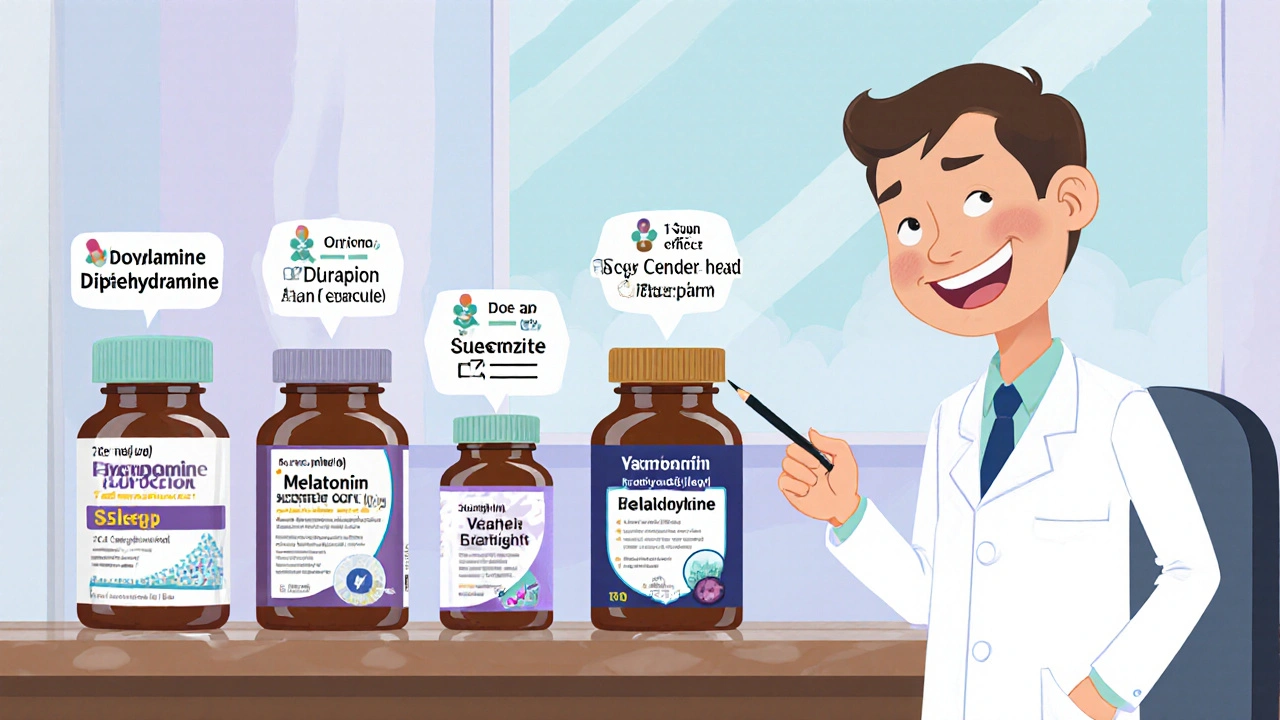
Alternative #2: Melatonin
Melatonin is a naturally occurring hormone that regulates the circadian rhythm. Supplemental melatonin is sold as a dietary supplement and is considered a Sedative only in the sense that it nudges the body’s internal clock toward sleep.
Standard doses range from 0.5 mg to 5 mg, taken 30‑60 minutes before bedtime. Melatonin’s side‑effect profile is mild-usually mild headache or vivid dreams-but it may be less effective for people with severe insomnia or those whose sleep problems stem from anxiety rather than clock misalignment.
Alternative #3: Valerian Root
Valerian root is an herbal extract that has been used for centuries as a calming agent. Its exact mechanism isn’t fully understood, but it appears to increase gamma‑aminobutyric acid (GABA) activity, which has a natural calming effect.
Typical dosages are 400‑900 mg of standardized extract taken 30 minutes before sleep. Side effects are generally mild-headache, stomach upset-but some users report a faint, lingering “herbal” taste or a slight dizziness.
Alternative #4: Hydroxyzine
Hydroxyzine is a prescription antihistamine with strong sedative properties. It is sometimes prescribed for anxiety‑related insomnia because it also has anxiolytic effects.
Typical dosing for sleep is 25‑50 mg at bedtime. Hydroxyzine tends to cause less next‑day drowsiness than doxylamine but does carry a risk of QT‑interval prolongation in susceptible patients, so a doctor’s supervision is essential.
Quick Reference Comparison Table
| Ingredient | Drug Class | Typical Dose | Onset | Duration | Common Side Effects | OTC/Prescription |
|---|---|---|---|---|---|---|
| Doxylamine Succinate | First‑gen antihistamine | 25 mg | 30‑60 min | 6‑8 hr | Dry mouth, next‑day grogginess | OTC (sleep formulas) |
| Diphenhydramine | First‑gen antihistamine | 25‑50 mg | 15‑30 min | 5‑7 hr | Anticholinergic load, dizziness | OTC |
| Melatonin | Hormone supplement | 0.5‑5 mg | 30‑60 min | 4‑6 hr | Mild headache, vivid dreams | OTC (dietary supplement) |
| Valerian root | Herbal extract | 400‑900 mg | 30‑45 min | 3‑5 hr | Stomach upset, mild dizziness | OTC |
| Hydroxyzine | Prescription antihistamine | 25‑50 mg | 30‑45 min | 4‑6 hr | QT prolongation risk, dry mouth | Prescription |
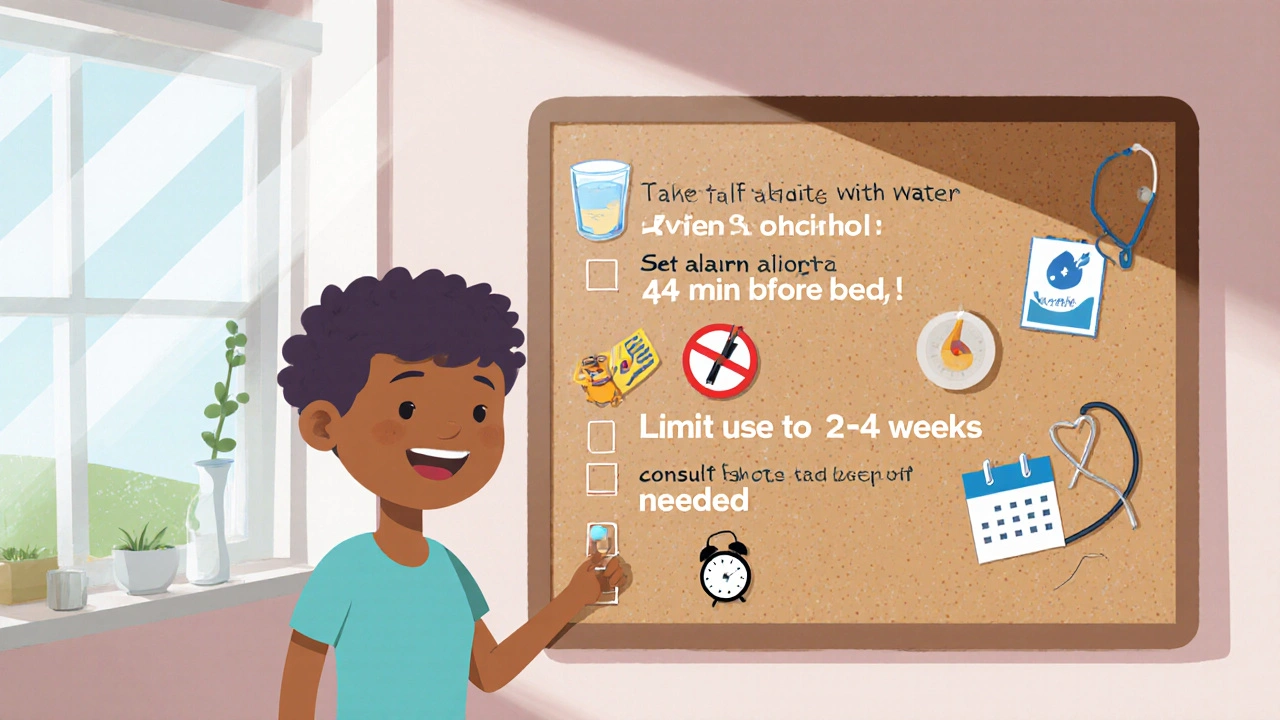
How to Choose the Right Sleep Aid
- Efficacy for your sleep problem - If you need a strong sedative effect, a first‑gen antihistamine (doxylamine or diphenhydramine) is most reliable.
- Next‑day alertness - Melatonin and valerian usually leave you feeling fresher in the morning.
- Drug interactions - Antihistamines can amplify the drowsiness of alcohol, benzodiazepines, or other sedatives. Always check with a pharmacist if you take multiple meds.
- Health conditions - People with glaucoma, urinary retention, or prostate enlargement should avoid strong antihistamines.
- Pregnancy & breastfeeding - Melatonin is generally considered safe in low doses, while antihistamines should be used only under medical guidance.
- Regulatory status - Some alternatives (hydroxyzine) need a prescription, which adds a layer of medical oversight but also cost.
Practical Tips for Safe Use
- Start with the lowest dose. For doxylamine, 12.5 mg (half a tablet) can be enough for occasional sleeplessness.
- Take the pill with a small amount of water, not a heavy snack. Food can delay absorption.
- Avoid alcohol and other CNS depressants on the same night; the combination can cause severe respiratory depression.
- If you experience lingering grogginess, try moving the dose earlier (e.g., 45 minutes before bed) or switch to a milder option like melatonin.
- Limit use to short‑term periods (no longer than 2‑4 weeks) unless a doctor says otherwise. Tolerance can develop, reducing effectiveness.
- Store all sleep aids out of reach of children. Accidental ingestion of antihistamines can be dangerous.
When to Seek Professional Help
If insomnia lasts more than a month, if you notice mood swings, or if you regularly need a sleep aid to fall asleep, it’s time to talk to a healthcare provider. Chronic sleep deprivation can worsen hypertension, diabetes, and mental health disorders.
Frequently Asked Questions
Is Doxylamine safe for daily use?
Most experts recommend using doxylamine only for short‑term relief (a few weeks). Daily use can lead to tolerance, increased anticholinergic burden, and next‑day drowsiness. If you need a nightly solution, discuss a long‑term plan with a doctor.
How does Doxylamine compare to Diphenhydramine?
Both are first‑generation antihistamines and work by blocking the Histamine H1 receptor. Doxylamine generally has a slightly longer half‑life, so it may cause more next‑day grogginess, while diphenhydramine acts a bit faster but can cause stronger anticholinergic effects such as dry mouth and constipation.
Can I take Doxylamine with alcohol?
No. Mixing doxylamine with alcohol intensifies sedation and can depress breathing, especially if you have underlying lung conditions. It also raises the risk of severe dizziness and falls.
Is Melatonin more effective than antihistamines for insomnia?
Effectiveness depends on the cause of insomnia. Melatonin works best for circadian‑rhythm disruptions (jet lag, shift work). Antihistamines provide stronger sedation for people who simply can’t stay asleep, but they carry more side effects.
Are there any natural alternatives to Doxylamine?
Yes. Valerian root, chamomile tea, and magnesium supplements are popular natural options. Their evidence base is weaker than that for antihistamines, but they tend to have fewer side effects and can be a good first step for mild sleep issues.
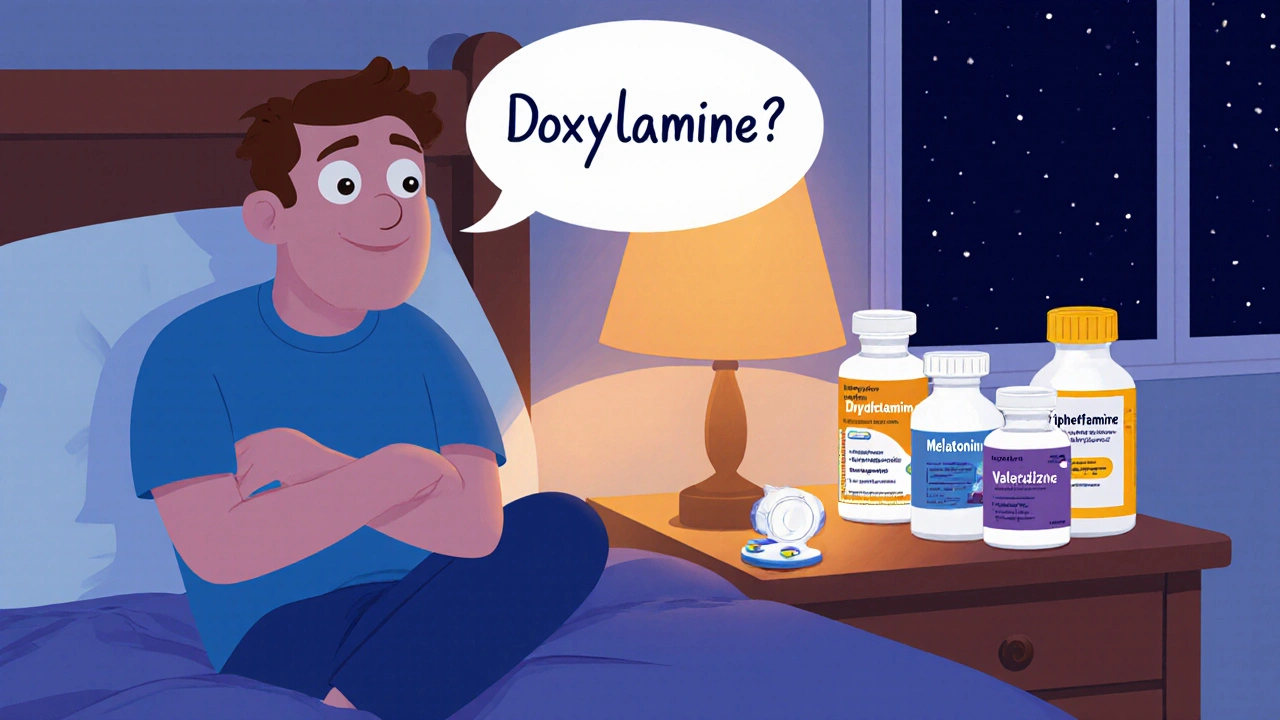
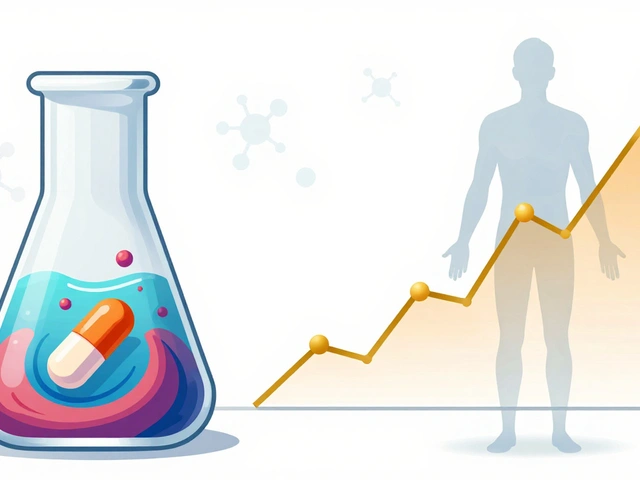
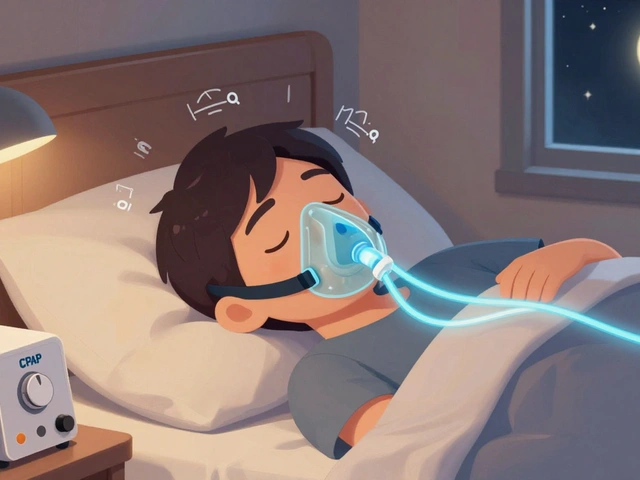
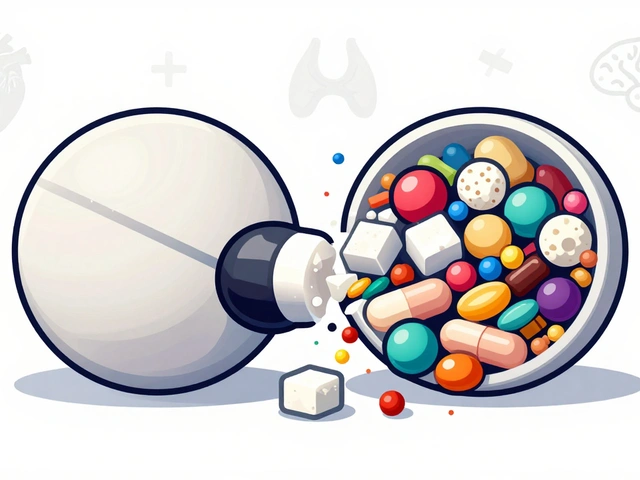

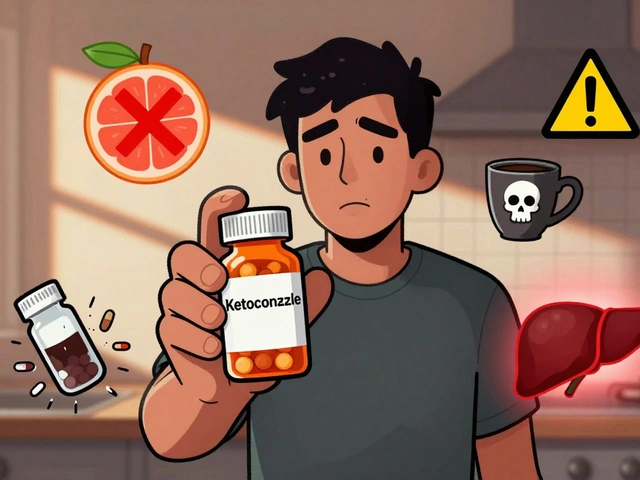
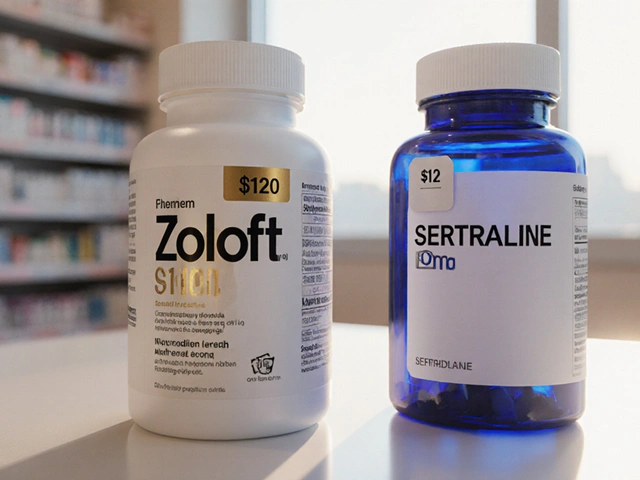
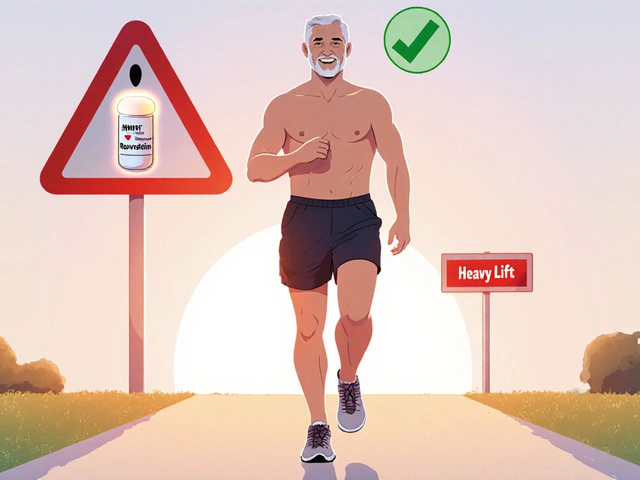

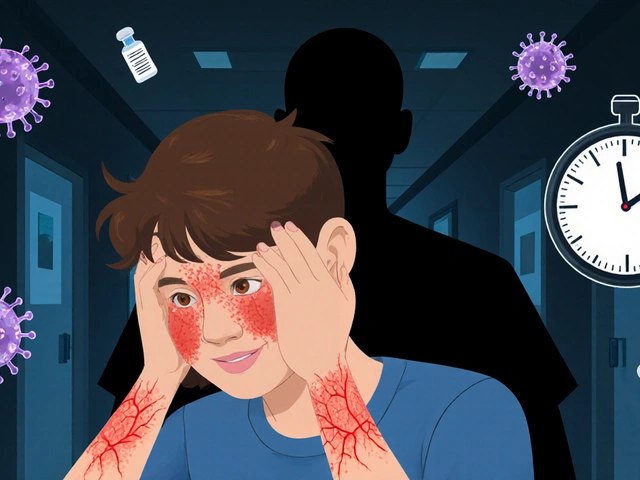
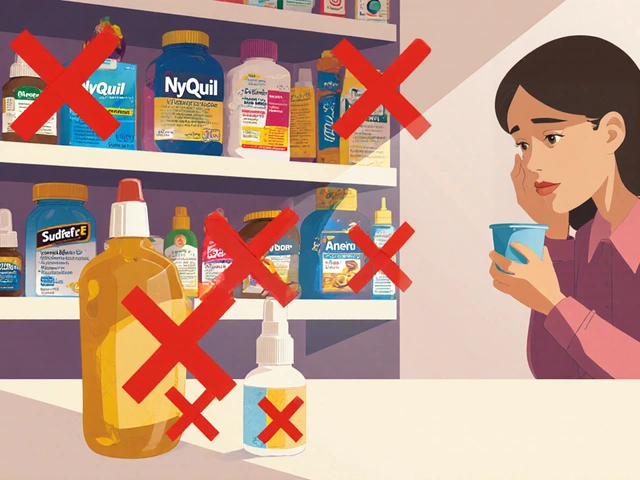
9 Comments
Thanks for the clear breakdown. The suggestion to start with half a tablet is useful.
While the article covers the basics, it overlooks the fact that doxylamine’s anticholinergic load can be quantified using the Anticholinergic Cognitive Burden scale, which places it near the top of the risk hierarchy. Moreover, the pharmacokinetic half‑life of doxylamine is approximately 10‑12 hours, meaning residual plasma levels can persist well into the morning. This explains the frequent reports of next‑day grogginess that many casual users dismiss as a “hangover”. The comparison with diphenhydramine fails to mention that diphenhydramine has a slightly lower plasma protein binding percentage, which can affect its distribution. Also, the article does not address the cumulative impact of daily antihistamine use on pupillary dilation, a subtle but measurable effect in ophthalmologic exams. For patients with pre‑existing glaucoma, even occasional use can accelerate optic nerve damage. The melatonin section could benefit from a discussion of the difference between immediate‑release and prolonged‑release formulations, as they have distinct effects on sleep architecture. Likewise, valerian root extracts vary widely in the proportion of valerenic acids, and not all over‑the‑counter products meet the European Pharmacopoeia standards. Hydroxyzine’s QT‑interval risk is not merely theoretical; a meta‑analysis of 12 trials showed a statistically significant increase in corrected QT in susceptible cohorts. Readers should also be aware that combining doxylamine with certain SSRIs can potentiate serotonergic toxicity, a point omitted here. The practical tip about avoiding heavy snacks is sound, yet it should be qualified with the note that high‑fat meals can delay absorption by up to two hours. Finally, the recommendation to limit use to two‑four weeks neglects the evidence that tolerance can develop as early as five days of nightly dosing. In short, the guide is a good starter, but clinicians and informed consumers alike need a deeper dive into pharmacodynamics and drug‑drug interactions. Patients who are sensitive to anticholinergic side effects should consider non‑pharmacologic sleep hygiene measures as first‑line therapy. Consulting a pharmacist before stacking over‑the‑counter antihistamines can prevent accidental overdose.
Oh dear, what a drab recital of sleepy pills! Let’s not forget that doxylamine, that granddaddy of midnight slumbers, twirls its histamine‑blocking baton like a maestro conducting a nocturnal symphony, while diphenhydramine merely tap‑dances on the same stage. The table, though respectable, misses the vibe‑check of real‑world anecdotes, those whispered tales of groggy dawns and phantom‑vision side‑effects that haunt the night‑owl brigade. And don’t get me started on the herbal hype – valerian is basically the kale of sleep aids: praised by the trendy, misunderstood by the masses. If you ask me, the author could have sprinkled a dash of chronobiology to spice up the melatonin section, otherwise it’s as bland as unsalted porridge. Bottom line: choose your potion wisely, lest you end up in a hazy limbo between REM and regret.
If you want a gentle start try melatonin it works well for shift work and has almost no hangover
The depth of the pharmacologic discourse in the long comment invites a reflective pause. One might wonder how the balance between chemical sedation and natural circadian alignment shapes our nightly rituals. In the grand tapestry of sleep, each agent is a thread woven with intention and consequence. Thus, the mindful selection of a sleep aid becomes a subtle act of self‑care.
Ever notice how the big pharma guys don’t tell you that most of these over‑the‑counter sleep pills are actually designed to keep you dependent? The real agenda is hidden in the fine print – they want you buying night after night. And the “no‑prescription” label is just a smokescreen; they’ve already got your back with adverts that whisper "better sleep" while they stockpile data on your insomnia patterns. Wake up to the truth, folks – the sleep industry is a carefully orchestrated loop of profit and placebo.
Good point about the marketing spin it’s easy to get swept up in the hype. Still, a balanced approach works best – try a low dose and see how you feel.
While the article succeeds in presenting a concise overview, it regrettably omits several pivotal considerations, such as the impact of renal clearance on doxylamine’s half‑life, the differential affinity for muscarinic receptors compared with diphenhydramine, and the nuanced role of GABAergic modulation in valerian preparations; additionally, the safety section fails to address the potential for cumulative anticholinergic burden in polypharmacy scenarios, which, as recent meta‑analyses have demonstrated, correlates with increased cognitive decline risk in older adults; moreover, the recommendation to avoid alcohol, though sound, should be expanded to include a warning about concurrent use of over‑the‑counter cold remedies that often contain hidden antihistamines, thereby amplifying sedative effects.
Interesting read 😊